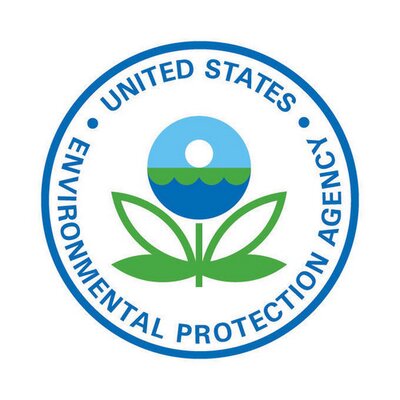
The U.S. Environmental Protection Agency (EPA) has updated its policy to discontinue the use of exposure modeling thresholds when assessing the health and environment risks of new chemicals under the Toxic Substances Control Act (TSCA).
The EPA says, due in part to the automation of exposure modeling, it has become less burdensome to complete the calculations that were put in place in the mid-1990s. Through the experience of review over a thousand pre-manufacture notices (PMNs) each year, it was observed that when a chemical is released in relatively small amounts to air or from landfills, that the risks posed by such release would be small and would not likely be unreasonable – and thus chose to impose exposure release thresholds below which programmatic resources would not be expended to quantify associated risks.
Further, the removal of the modeling thresholds in the review of new chemicals, the policy update supports President Biden’s Executive Order 13985, Advancing Racial Equity and Support for Underserved Communities Through the Federal Government, which calls on Federal agencies to advance equity, including reviewing and revising as needed government policies and programs impacting underserved communities. The update allows the EPA to complete the modeling for all potential exposures (rather than only those above an established threshold) that may result from air release (fugitive and stack from industrial/commercial sites) and releases to groundwater from landfills will allow for a more fulsome understanding of the potential risks to these communities.
To implement the policy update, the EPA’s New Chemicals Program will make minimal changes to the coding in the New Chemical Review application to remove the thresholds and will update standard operating procedures and training materials for exposure and human health risk assessors. The EPA states that it anticipates that this will have minimal impact on the amount of time it takes to complete new chemical reviews and that the benefits gained from a more comprehensive accounting on all potential air and water releases will help ensure any needed protections are in place before a new chemical can come to market.
At RHP Risk Management, we work with our clients navigate the uncertainties associated with environmental and occupational hazards and risks during the use of or manufacture of new products and the use of existing products and how they are affected by these changes. We provide expert assistance with updating hazard communication programs, chemical inventory document management, and hazard communication training to ensure regulatory compliance. Our staff of public health professionals are experienced and trained in recognizing, anticipating and controlling hazards. For more information on RHP’s services and contact information, please contact Jacob Persky, MPH, CIH or Ben Heckman, MPH, CIH.
